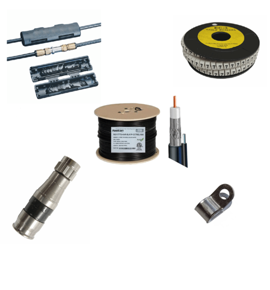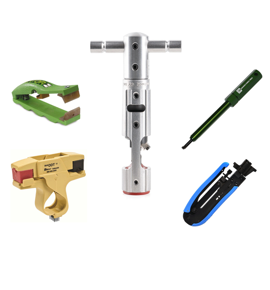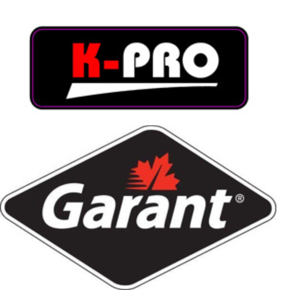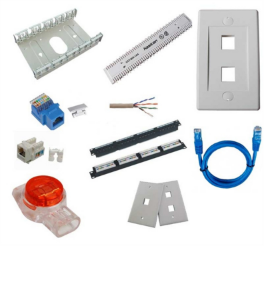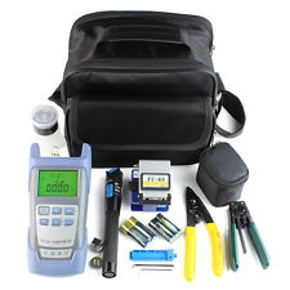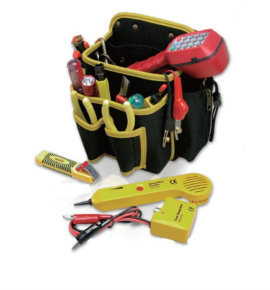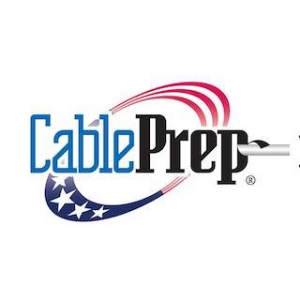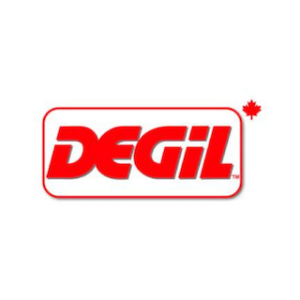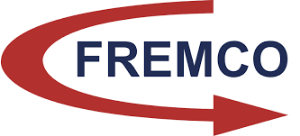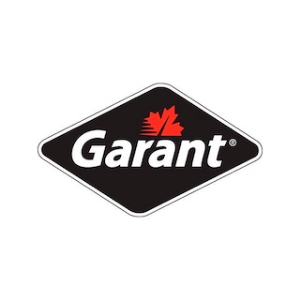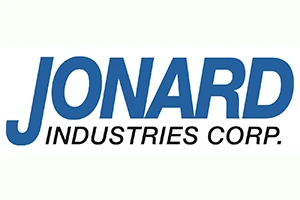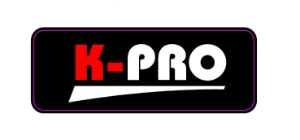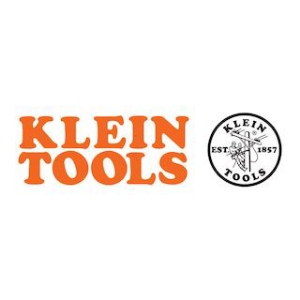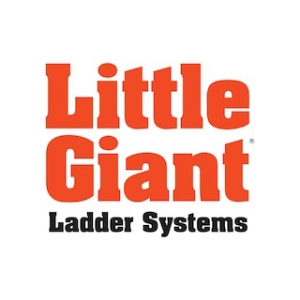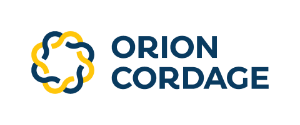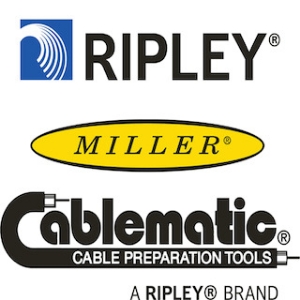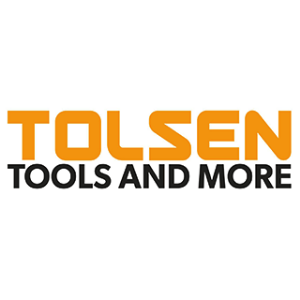Fiber optic technology has revolutionized communication networks by offering high-speed data transmission and unmatched reliability. Professionals working with fiber optics must thoroughly understand cable structure and internal mechanisms to perform accurate installations, effective maintenance, and rapid troubleshooting.
In this comprehensive guide, we'll examine each internal component of fiber optic cables, explaining their functions, importance, and how understanding these details can significantly improve your efficiency and results in the field.
Core Components of Fiber Optic Cables
1. Core
At the center of a fiber optic cable lies the core—a thin strand made of high-quality glass or plastic. It’s designed to transmit light signals efficiently.
-
Single-mode fiber: Typically smaller in diameter (around 9 microns), suited for long-distance, high-speed data transmission.
-
Multimode fiber: Larger diameter (50-62.5 microns), ideal for shorter distances within buildings or campuses.
Why it matters: Choosing the correct type of fiber core impacts the overall network performance and capacity.
2. Cladding
Surrounding the core is a slightly larger glass layer called the cladding. The cladding’s primary function is to reflect escaping light back into the core, using a phenomenon known as total internal reflection.
Why it matters: Effective cladding reduces signal loss and ensures that data travels over long distances with minimal degradation.
3. Buffer Coating
This layer protects the core and cladding from physical damage and moisture. It typically consists of a plastic or polymer coating that enhances durability.
-
Tight-buffered: Suitable for indoor use, offers direct physical protection.
-
Loose-tube buffered: Provides space for fiber expansion and contraction, suitable for outdoor environments.
Why it matters: Correct buffer selection impacts installation ease, cable flexibility, and environmental resilience.
4. Strength Members
Strength members like aramid yarn (commonly known as Kevlar) reinforce the cable and prevent stretching or breaking during installation.
Why it matters: Prevents physical damage during pulling and installation, significantly reducing maintenance requirements and downtime.
5. Outer Jacket
This robust outer layer, usually constructed from materials like PVC or polyethylene, protects internal components from harsh environmental elements, physical abrasion, and UV rays.
-
Indoor jackets: Fire retardant and smoke-resistant.
-
Outdoor jackets: UV resistant and waterproof.
Why it matters: Choosing the appropriate jacket type ensures long-lasting cable integrity and compliance with environmental and safety standards.
Importance of Understanding Fiber Optic Structures
Efficient Installation
Knowledge of each component allows technicians to properly handle cables during installation, choosing suitable tools for preparation, stripping, and connectorizing fibers.
Effective Troubleshooting
When issues arise, understanding the cable anatomy facilitates quicker identification and resolution. Knowing which component to inspect first can significantly reduce downtime.
Selecting the Right Tools
Correct identification of cable components ensures technicians select the right tools for the job, minimizing damage and improving overall efficiency.
Essential Fiber Optic Tools from CCT
Having the right tools significantly streamlines fiber optic work. At CCT, we provide specialized fiber optic tools designed specifically to enhance accuracy and ease of use:
-
Fiber Optic Strippers: Precision removal of buffer coatings without damaging the underlying fiber.
-
Fiber Cleavers: Achieve perfect, clean cuts essential for effective splicing and terminations.
-
Inspection Microscopes: Ensure fiber ends are clean, accurately cleaved, and ready for optimal connectivity.
-
Fiber Splice Protection Sleeves: Protect the delicate splice point, ensuring long-term reliability.
Practical Tips for Fiber Optic Professionals
-
Always verify cable type (single-mode vs. multimode) before installation.
-
Regularly inspect fiber optic tools to maintain performance and avoid damaging cables.
-
Maintain cleanliness and organization at job sites to prevent contamination of fiber ends.
Understanding the inner workings of fiber optic cables isn’t just beneficial—it’s essential for any professional aiming for excellence in installations, maintenance, and repairs. By recognizing the importance of each internal component, you’ll improve your skill set, reduce installation time, and significantly enhance your overall project outcomes.
Explore our full range of professional fiber optic tools at CCT to ensure your next job goes smoothly and efficiently.

